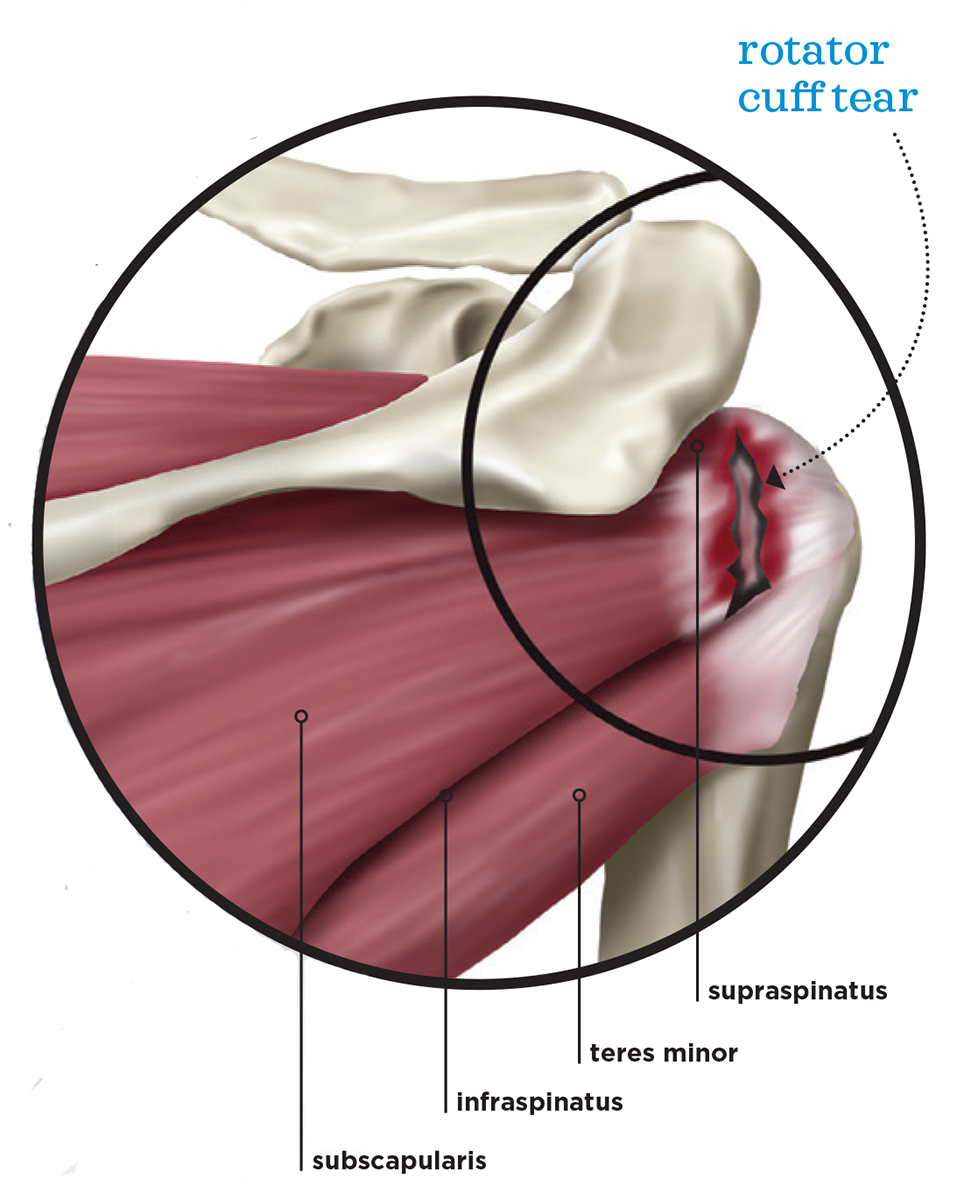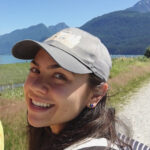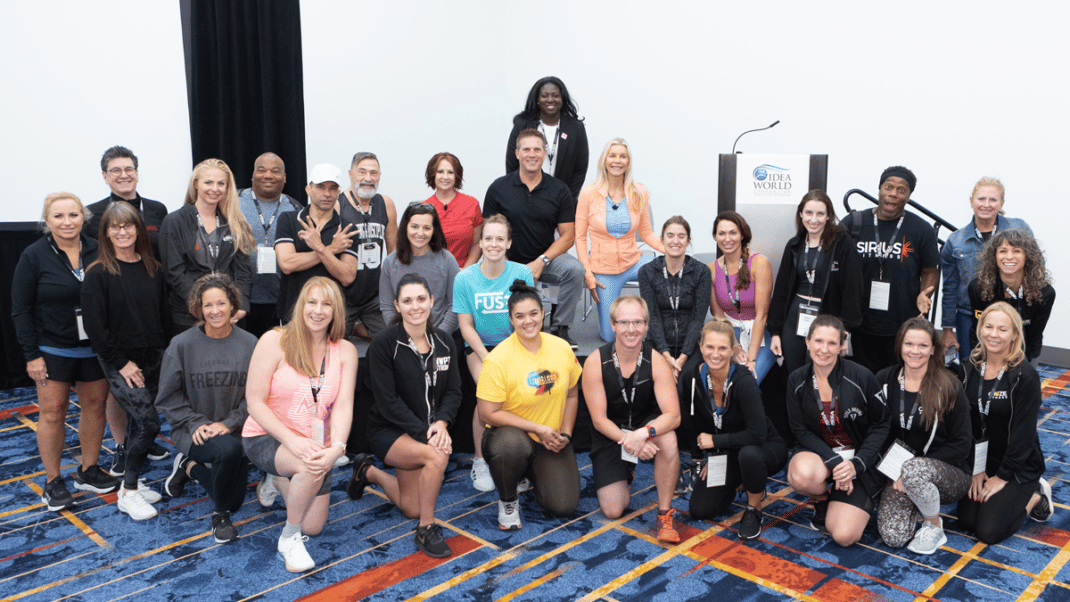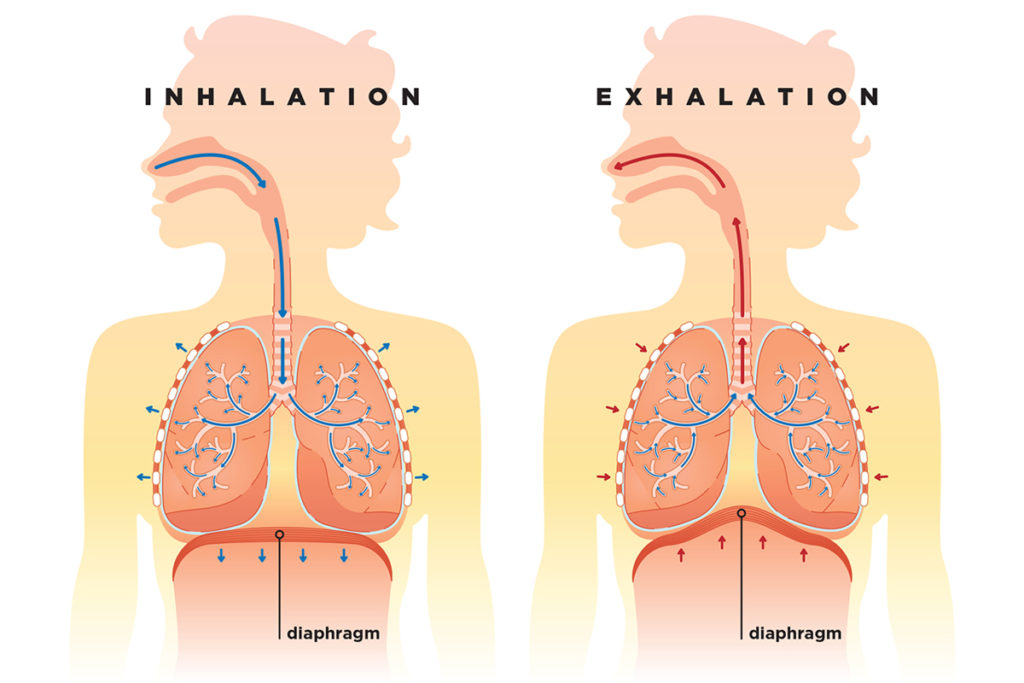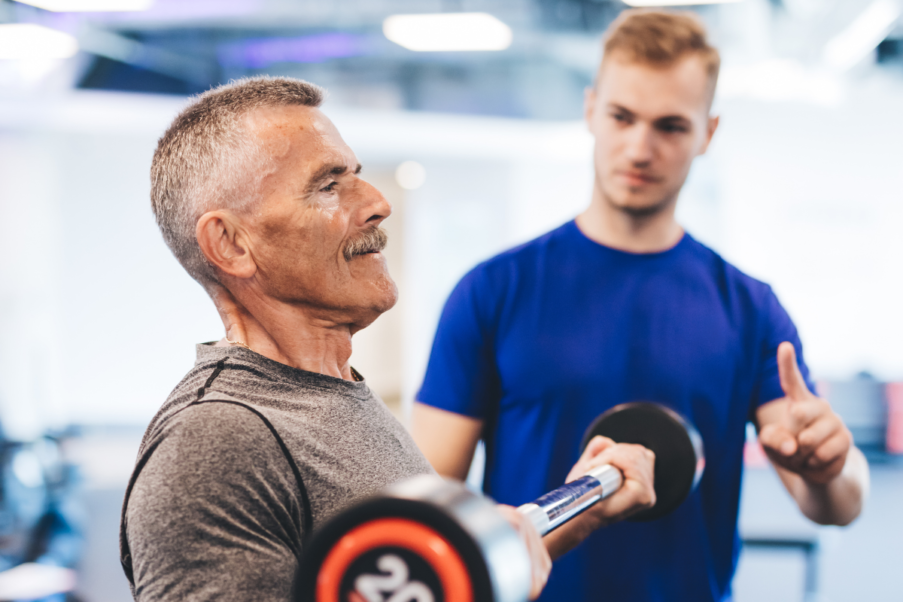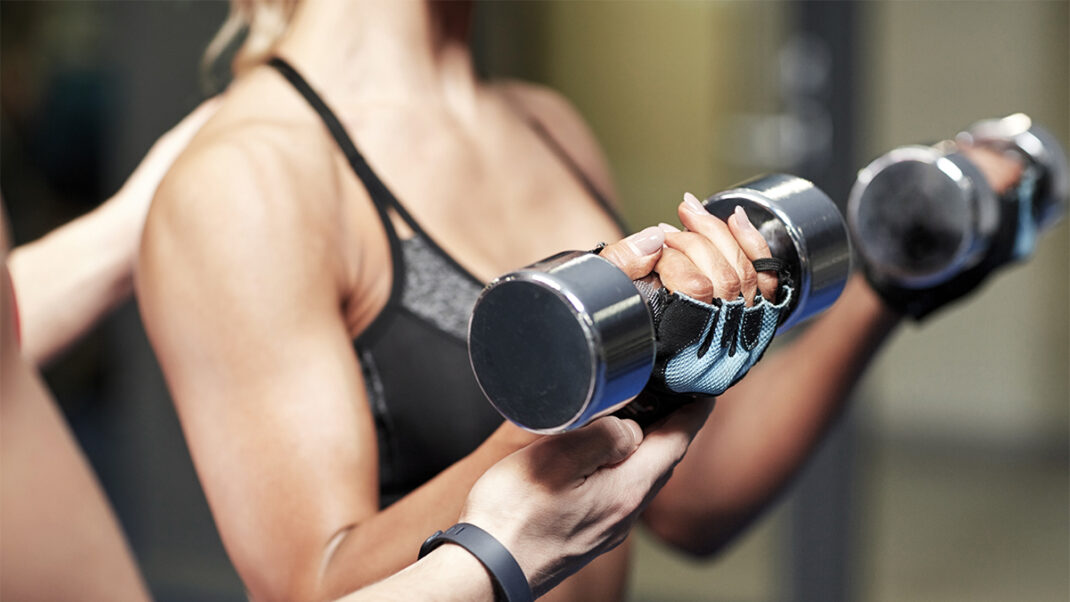Rotator Cuff Anatomy
On the cuff: Learn more about all the work shouldered by the rotator cuff.
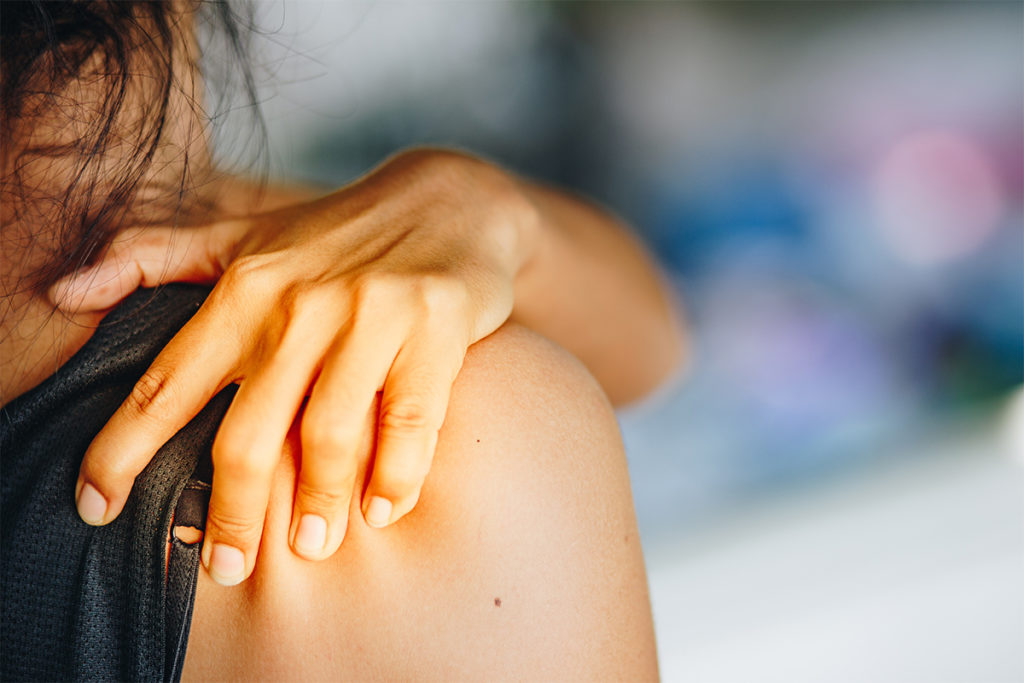
Your shoulders are tasked with a wide range of movements, from simple chores like brushing your teeth to more athletic actions like launching a baseball. Though your body makes it look easy, these dynamic moves are the result of several muscles and tendons working together in the rotator cuff anatomy.
The rotator cuff consists of four muscles connecting the scapula and humerus:
- supraspinatus, which ab-ducts the arm;
- infraspinatus, which externally rotates the shoulder;
- teres minor, which also assists in external rotation; and
- subscapularis, which helps with internal rotation.
These muscles—referred to as the SITS muscles—form a cuff around the glenohumeral joint at the shoulder. During arm movements, the rotator muscles contract and compress the head of the humerus against the ball-and-socket joint cavity, allowing full range of motion and mobility while providing stability (Maruvada, Madrazo-Ibarra & Varacallo 2020; Physiopedia 2021).
Look over your shoulder anatomy with more facts about the rotator cuff:
- The supraspinatus muscle is the one rotator cuff muscle that assists only with arm abduction, not with rotation (Maruvada, Madrazo-Ibarra & Varacallo 2020).
- Rotator cuff injuries are commonly caused by im–proper athletic technique, poor posture, subpar conditioning, and failure of the subacromial bursa—the fluid sac that provides cushioning—to protect the supporting tendons. This can result in acute inflammation, calcification, degenerative thinning or a tendon tear (Maruvada, Madrazo-Ibarra & Varacallo 2020).
- Roughly half of people with a rotator cuff tear can relieve pain and improve function through nonsurgical treatments, including rest, movement modification, anti-inflammatory medication, physical therapy and steroid injections (Rush 2021).
- You can exercise your internal and external shoulder rotation muscles with less strain if you choose resistance bands and keep your elbows bent at 90 degrees. Using weights and keeping your arms straight places extra stress on the rotator cuff (Rush 2021).
- Vitamin D can assist in healing a rotator cuff tear. The sunshine vitamin increases bone mineral density and strengthens skeletal muscles. Research shows it may also help tendon-to-bone healing (Dougherty, Dilisio & Agrawal 2016).
See also: Prep the Shoulders Before Play
References
Dougherty, K.A., Dilisio, M.F., & Agrawal, D.K. 2016. Vitamin D and the immunomodulation of rotator cuff injury. Journal of Inflammation Research, 9 (1), 123–31.
Maruvada, S., Madrazo-Ibarra, A., & Varacallo, M. 2020. Anatomy, rotator cuff StatPearls. Accessed Feb. 25, 2021: ncbi.nlm.nih.gov/books/NBK441844.
Physiopedia. 2021. Rotator cuff. Accessed Feb. 25, 2021: physio-pedia.com/Rotator_Cuff.
Rush. 2021. 5 facts about shoulder injuries. Accessed Feb. 25, 2021: rush.edu/news/5-facts-about-shoulder-injuries.
Sarah Kolvas
Sarah Kolvas is the content manager for IDEA.
